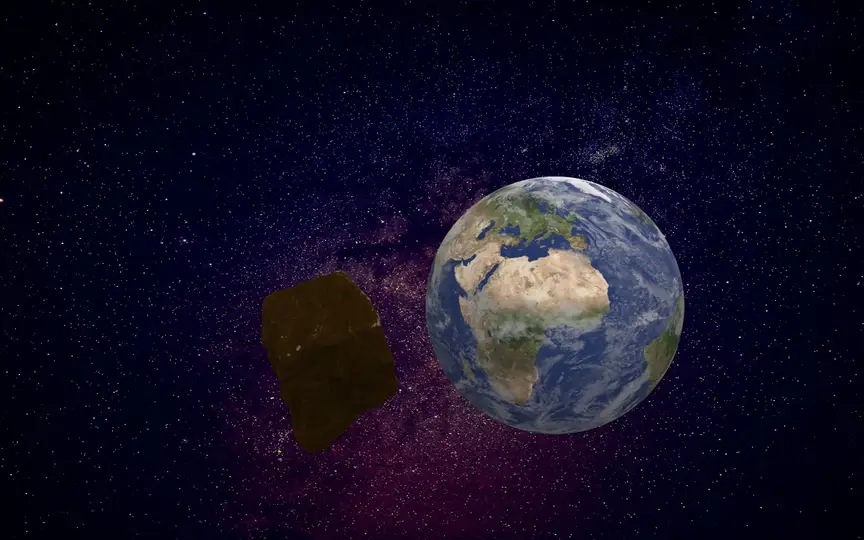NASA Reveals Details of Asteroid Larger Than Brooklyn Bridge Passing Earth Today
With an age of almost 4.5 billion years, the Earth has endured numerous asteroid collisions throughout its existence. Among these, a particularly significant event took place approximately 65 million years ago, when a colossal asteroid measuring 12 kilometers in width collided with the planet’s surface. This catastrophic impact resulted in the extinction of nearly 70 percent of Earth’s species, including the dinosaurs. Remarkably, the impact crater left by this mammoth asteroid can still be observed today in the Yucatan Peninsula of Mexico. In response to the ongoing threat of asteroid impacts, NASA and other space agencies have developed an array of space and ground-based telescopes to detect and monitor these ancient celestial objects.
Using its advanced technology, NASA has now revealed that a mammoth, bridge-sized asteroid is set to fly past Earth today. Know all about this close encounter.
Asteroid 2003 UC20: Details
Asteroid 2003 UC20 has aroused the interest of astronomers and NASA experts due to its enormous size. According to NASA, the asteroid is estimated to be about 2,200 feet wide, comparable in size to a large bridge, possibly the famous Brooklyn Bridge! When asteroid 2003 UC20 hits a planet, it can cause massive destruction, especially if it lands in a densely populated area.
According to the space agency, Asteroid 2003 UC20 is scheduled to make its closest approach to Earth today, Nov. 2, at a distance of 5.2 million kilometers. While this distance may seem considerable, it is relatively small in astronomical terms given the asteroid’s massive size. Asteroid 2003 UC20 is already moving in orbit towards Earth at a speed of fire of 28694 kilometers per hour!
It has been added to NASA’s close approach list and has also been declared a potentially hazardous asteroid due to its close approach distance and enormous size. This is bigger than the famous Brooklyn Bridge!
It belongs to the group of Aten asteroids, which are Earth-crossing Near-Earth Asteroids (NEAs) with semi-major axes smaller than Earth’s. They are named after the asteroid 2062 Ate, and the first of their kind was discovered by American astronomer Eleanor Helin at the Palomar Observatory on January 7, 1976.




